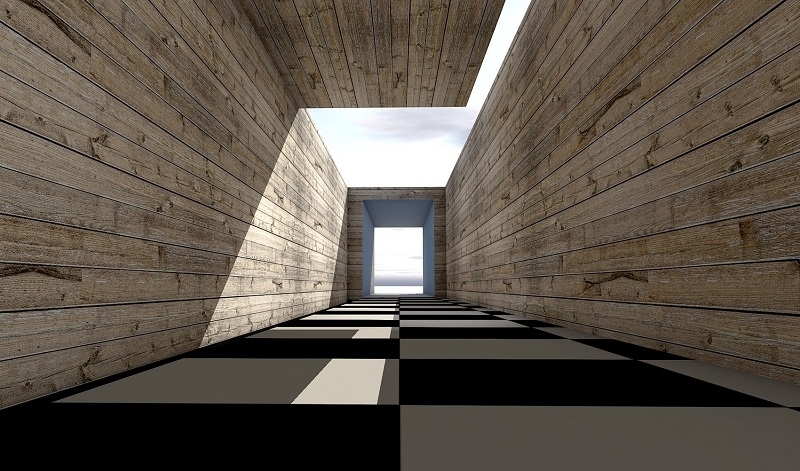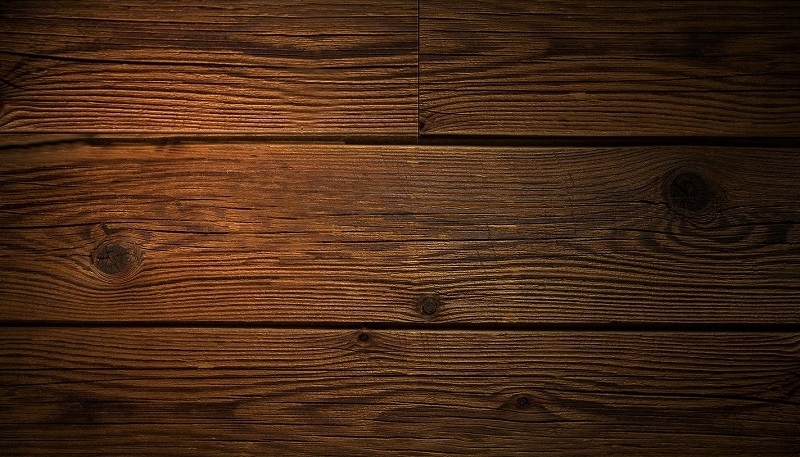How durable is timber as a construction material?
Published: 07/09/20 By: Mike Bekin
Timber is one of the oldest and most versatile building materials we have. Used to create everything from shelters and bridges to grand manor houses, new builds and eco-homes, timber can be used to build almost anything. Greensted Church in a small village in Essex is considered the oldest wooden church in the world.
While only parts of the original wooden structure remain, it’s still thought to be the oldest wooden building in Europe still standing. The church has been dated back to the 9th century – a testament to its incredible durability throughout the centuries. The first permanent structure which would eventually become the church we know today was thought to have been started in the year 654.
What’s more, one of the most famous cathedrals in the country and dating back to the 1600s, St Paul’s Cathedral’s iconic dome is constructed from a lead clad timber-framed outer dome.
In recent years, timber has been increasingly used in large-scale construction projects. As @TRADA_ says, “Timber in construction has undergone something of a renaissance, led by the desire to use more environmentally-friendly materials and to reduce construction costs.”
Durability
One of the key issues when building with timber is durability. As a natural material, wood is at risk of biological decay. Extreme weather conditions and poor maintenance can accelerate this decay and leave timber structures in need of renovation. However, appropriate care and treatment can mitigate the risk of decay and help to preserve wood for much longer.
Another factor that has a big impact on the durability of wood is design. Designing a building with durability in mind can help to protect wooden elements from the effects of long term use and exposure to moisture. This can help to prevent biological decay in wooden frameworks, cladding, and detailing and ensure a building stands the test of time.
Engineered wood
Much of the timber used in modern construction, especially on large scale projects, is engineered timber.
Products like CLT and glulam are incredibly strong and durable and provide new ways of achieving a range of complex designs using timber.
- CLT: Cross Laminated Timber, or CLT, is a form of engineered timber. It uses layers of laminated boards glued perpendicular to their grain to build strength and stability in the timber panel – similar to a giant plywood panel. The finished products are notably strong and can be used as structural supports for large buildings as well as walls, floors, ceilings, furniture, and roofs.
- Glulam: Glulam is an abbreviated term that stands for Glue-Laminated Timber. Like CLT, glulam is made up of several layers of timber glued together. However, unlike CLT, glulam boards are layered with the grain running in the same direction. Glulam beams are often used for structural elements during construction like lintels, purlins, ridge beams, floor beams, columns, tied rafters, trusses, and arched bridge supports.
Design
Design is key when it comes to increasing the longevity of timber structures. For example, wood becomes a lot more durable when it is not in direct and constant contact with the ground, so it’s best to avoid this at the design stage.
Covering end grains and avoiding moisture traps are also good ways to improve the durability of natural, modified, or engineered timber.
Using wood from durable species, and treating it with appropriate wood preservatives maximises the lifespan of the timber used in your construction project.
When timber structures are designed, treated and maintained correctly, they can be incredibly strong and durable. What’s more, as wood is a naturally sustainable and beautiful material, it can add a lot to the aesthetics and environmental credentials of a building project.
Find out more, and learn about the products and services we offer by exploring our site today.
Tags: Durability, Timber
Categories: Insights

